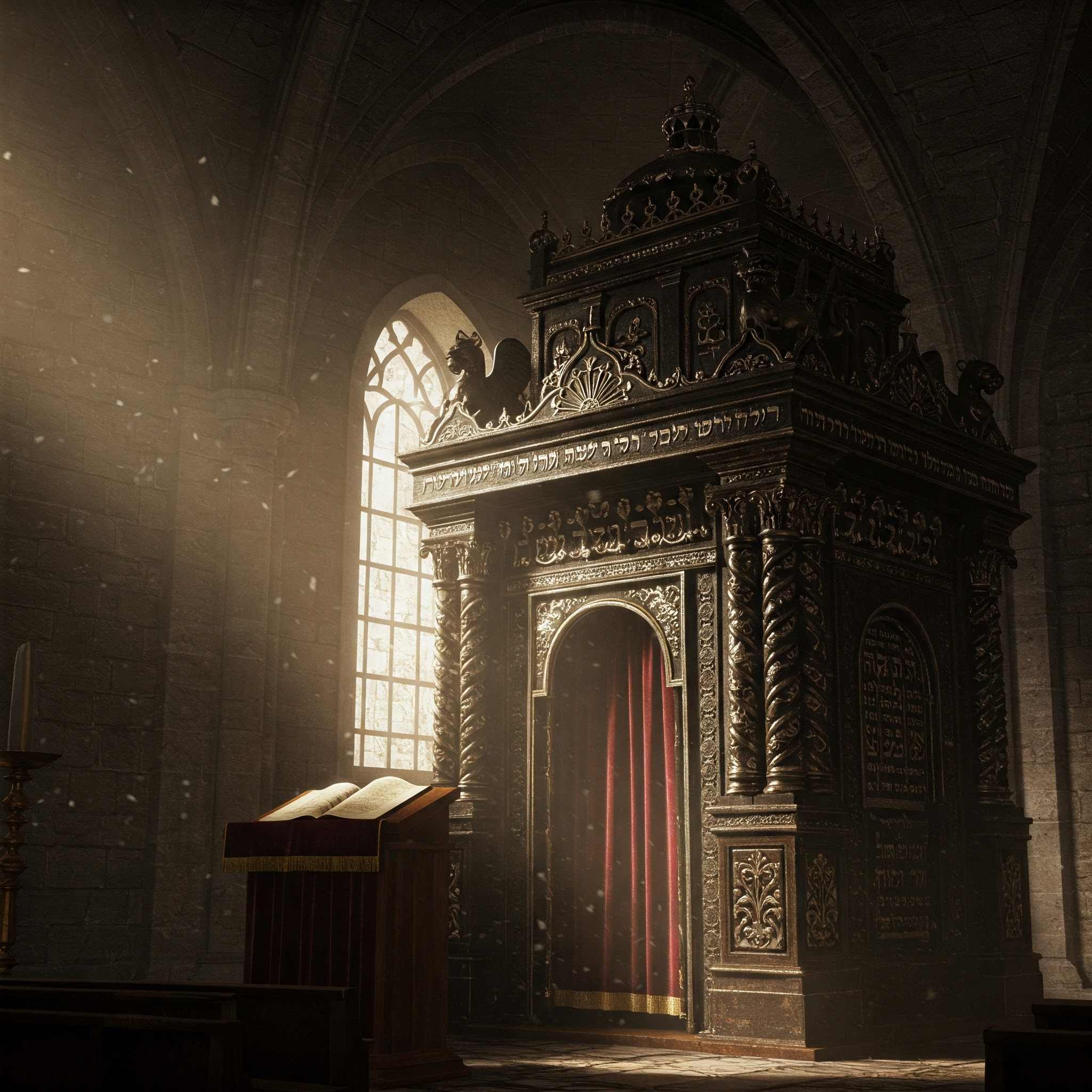Microarchitecture in Ritual Spaces
Microarchitecture refers to the small-scale architectural elements that are integral to the design and function of sacred spaces. These structures, though often modest in size, carry immense symbolic weight and are central to the rituals performed within these spaces. Microarchitectural sacred shrines have always held a profound significance in various religious traditions around the world. These focal points of worship and spirituality are not just architectural marvels but also embody the essence of the rituals and beliefs they represent.
The Torah ark is a central feature in Jewish synagogues. It houses the Torah scrolls, which are considered the most sacred objects in Judaism. The design and placement of the Torah ark are carefully considered to reflect its importance, often featuring elaborate carvings and decorations that honor the sacred texts it contains.
In Catholicism, sacrament houses and architectural altarpieces serve as focal points for the Eucharist and other sacraments. These structures are often ornately designed, reflecting the sanctity of the rituals they house. The intricate craftsmanship and symbolic motifs found in these elements underscore their spiritual significance.
In Islamic architecture, the mihrab is a niche in the wall of a mosque that indicates the direction of Mecca, towards which Muslims pray. The mihrab is often richly decorated, serving both a functional and symbolic purpose. It guides worshippers in their prayers and represents the unity of the Muslim community in their devotion.
In Vietnamese culture, household shrines are common, serving as places for ancestor worship and daily offerings. These shrines are typically adorned with photographs, incense, and offerings, creating a space for family members to connect with their ancestors. Similarly, in Japan, the butsudan is a household altar used in Buddhist practices. It often contains images or statues of Buddha, along with offerings and incense, providing a focal point for daily prayers and rituals.
The exploration of microarchitecture in sacred spaces reveals the deep connection between physical structures and spiritual practices. These small yet significant elements play a crucial role in the rituals and beliefs of various cultures, highlighting the universal nature of sacred architecture.

